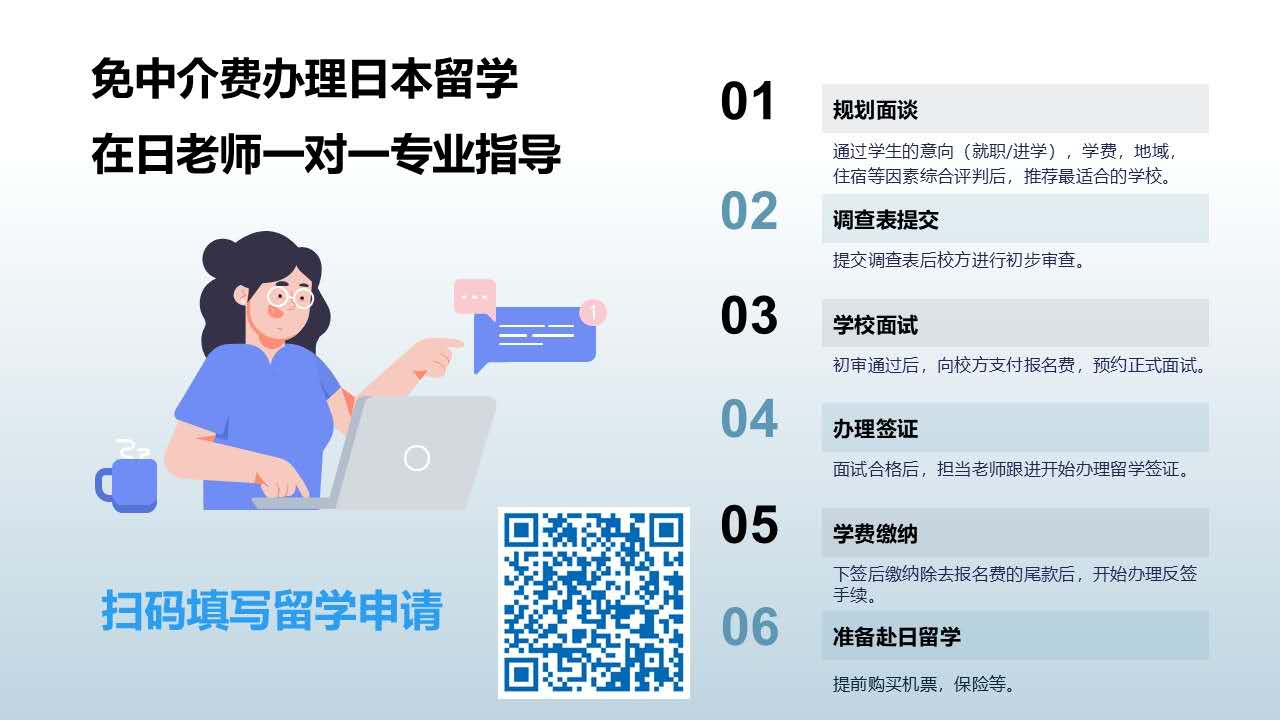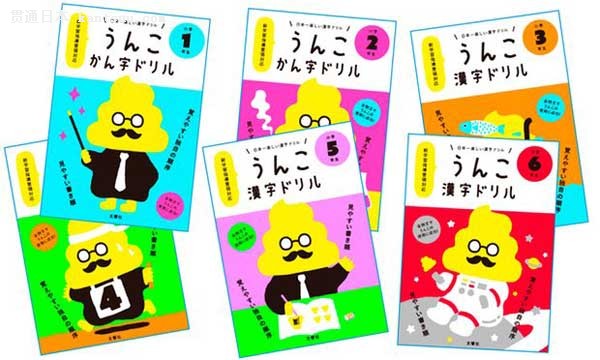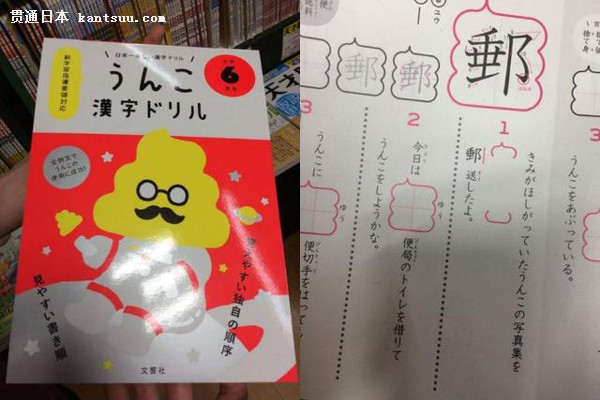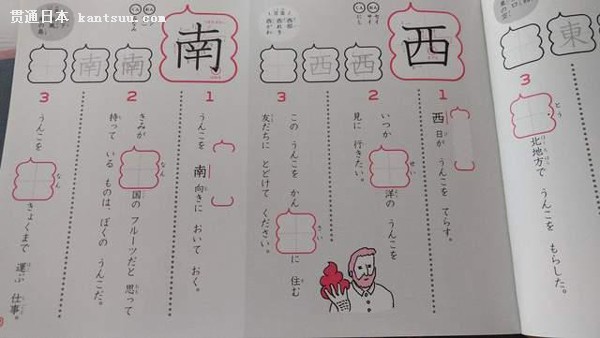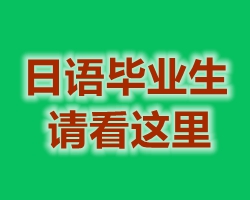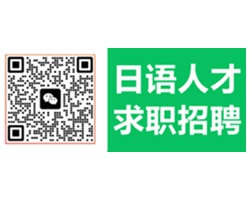许多日本人对于“便便文化”有着近乎执着的喜爱,日本商家经常会推出一些便便形状的恶搞商品吸引顾客,比如“便便美食”、“便便笔记本”等猎奇商品。最近,有日本出版商甚至把便便应用在了日文汉字教材中,以此激发小学生学习汉字的兴趣。这本《便便汉字练习簿》不仅问题和例句离不开便便,甚至连练习写汉字的空格都是可爱的便便形状。
Unko Kanji Doriru. Photograph: Bunkyosha As many Japanese parents and teachers will attest, getting young children to write and memorise hundreds of kanji characters can be a thankless task. 让小朋友书写和记忆几百个“日文汉字”是一项艰巨的任务,许多日本家长和老师对此都有同感。 But a new series of study books has generated a surge in interest in stroke order, radicals and alternative pronunciations – all thanks to an enduring obsession among children of a certain age: poo. 但是,一套全新的练习簿激发了他们对笔画顺序、偏旁以及不同发音的兴趣,而这一切多亏了这个年纪的小朋友情有独钟的“便便”。 Scatology-based study in the form of the
Unko Kanji Doriru (poo kanji drill) has proved enormously popular among the country's primary school pupils, with their parents' blessing, since the series of books appeared in March. 如家长所愿,《便便汉字练习簿》系列丛书自3月面世以来已经证明,这种用便便学汉字的形式在日本小学生中非常受欢迎。 The drills, complete with tips from Professor Poo – an emoji-like turd with glasses and a handlebar moustache – have so far sold 1.83m copies. 目前为止,这套练习簿已经销售了183万册,书中做指导的“便便教授”是一个留着八字胡、带着眼镜的表情形象。
"I want to make boring study more fun," the publisher, Shuji Yamamoto, told the
Mainichi Shimbun newspaper. “我想让枯燥的学习变得更有意思”,《便便汉字练习簿》书出版商山本修司对《每日新闻报》表说。 Yamamoto, a 40-year-old former Lehman Brothers employee who founded his own publishing company seven years ago, said: "I'm an extremely ordinary person. So I know what most ordinary people want. I know what is likely to sell." 现年40岁的山本曾是雷曼兄弟银行的员工,7年前他创办了自己的出版公司,他说:“我是一个非常普通的人。所以我知道大多数普通人想要什么。我清楚什么可以卖出去。” Written Japanese comprises 2,136 "regular-use" Chinese-based characters – or kanji – and the hiragana and katakana phonetic scripts. Hiragana is made up of 46 base characters that are often used as particles or to inflect verbs and adjectives. The same number of basic katakana symbols are commonly used to write foreign loan words. 日文中包括2136个“常用”的日文汉字、平假名和片假名音标,46个平假名通常用作小品词或修饰动词和形容词。片假名也有46个,通常用于外来词汇中。 Japan's children – among the most numerate and literate in the world – are supposed to be able to read and write 1,006 kanji after six years of primary school education, starting at age 6. To help them reach that goal, and prepare them for memorising the remaining 1,130 characters before they complete their formal education at 15, the book includes the word "poo" in every one of its 3,018 sample sentences. 日本儿童的计算和读写能力在全球儿童中位居前列,他们从6岁开始接受小学教育,6年后要学会读写1006个日文汉字。为了帮助日本儿童实现这一目标,也为了帮助他们在15岁完成正规教育之前记住剩下的1130个日文汉字,《便便汉字练习簿》中的3018个例句全部包含了“便便”一词。
"Adults may raise their eyebrows, but for children, the word 'poo' is magical and makes things fun," the book's author, Yusaku Furuya, told Kyodo news. 该书作者古屋优作对日本共同社表示,“成年人可能不喜欢,但是对孩子们来说,‘便便’是一个神奇的词,它让每句话变得有趣。” While the kanji are arranged thematically to aid memorisation, some of the example sentences border on the surreal. A drill used to teach the kanji for "meeting" reads: "We are starting a poo meeting now." 书中分主题编排汉字以帮助记忆,但是也有一些例句不符合现实。一道关于汉字“会议”的练习中写道:“我们现在要开一个便便会议。” Hinata Shibasaki, seven, is one of the many children who loathed rote learning at school but are now fully fledged kanji converts. "It's funny because poo appears everywhere," he told Kyodo. "I used to hate studying kanji, but I got hooked on this book." 许多讨厌在学校死记硬背的孩子现在完全成了汉字迷,7岁的柴琦日向就是其中一员。他告诉共同社:“这本书好有趣,因为到处都是便便。我以前讨厌学汉字,但是我被这本书迷住了。” |
太拼啦!为吸引小学生学汉字 日本推出《便便汉字练习簿》
新闻录入:贯通日本语 责任编辑:贯通日本语
相关文章
日本前幼儿园职员涉嫌偷拍男童并贩卖视频被捕 涉案人数逾500人
牛丼连锁“すき家”母公司年营收破1万亿日元 创日本外食业纪录
前佐贺市议因利用高龄女性认知功能下降骗取4145万日元,被判刑6年
日经平均股价一度上涨超过800点,徘徊在38,400点以上
日本千叶外房海岸发生连续冲浪事故,2人不幸遇难
香川老旧天文台举办最后一次观测会 望远镜将移至博物馆展出
日本和牛出口额创新高
日本福岛地方社区再造计划获成效
日本青少年自杀率下降得益于心理健康项目
日本企业女性管理层比例首次突破15%
外国人劳动政策放宽以应对劳动力短缺
日本推出新育儿支援政策应对少子化
鈴木えみ、夫との寝室別スタイルを告白「いびきがすごくて一緒には絶対寝ない」
倖田來未、ロサンゼルスで大胆スリットから美脚披露
武田真治、コスプレで別人級の変身!
ジェジュン、「ビジュアルショックだが、私はイケメンだとは思わない」
IVEユジン、故郷・大田でKリーグのキックオフセレモニーに挑戦
NewJeansダニエル、ファンへの感謝と不屈の決意を綴る長文メッセージ
(G)I-DLE、グループ名を「i-dle」に変更し新たなスタート
日テレ郡司恭子アナ、『ミヤネ屋』で結婚を生報告
本仮屋ユイカ、「名前で負けた」と感じた芸能人を告白
島袋寛子、透明感あふれる最新ショットが話題「白に白を重ねたような白」
川瀬もえ、愛車シビック公開で話題沸騰「渋い」「カッコよすぎ」
国民民主党、参院選候補者選定で「身体検査不足」への懸念が浮上
工藤静香、長女24歳誕生日に色鮮やかなワンプレート料理を披露
